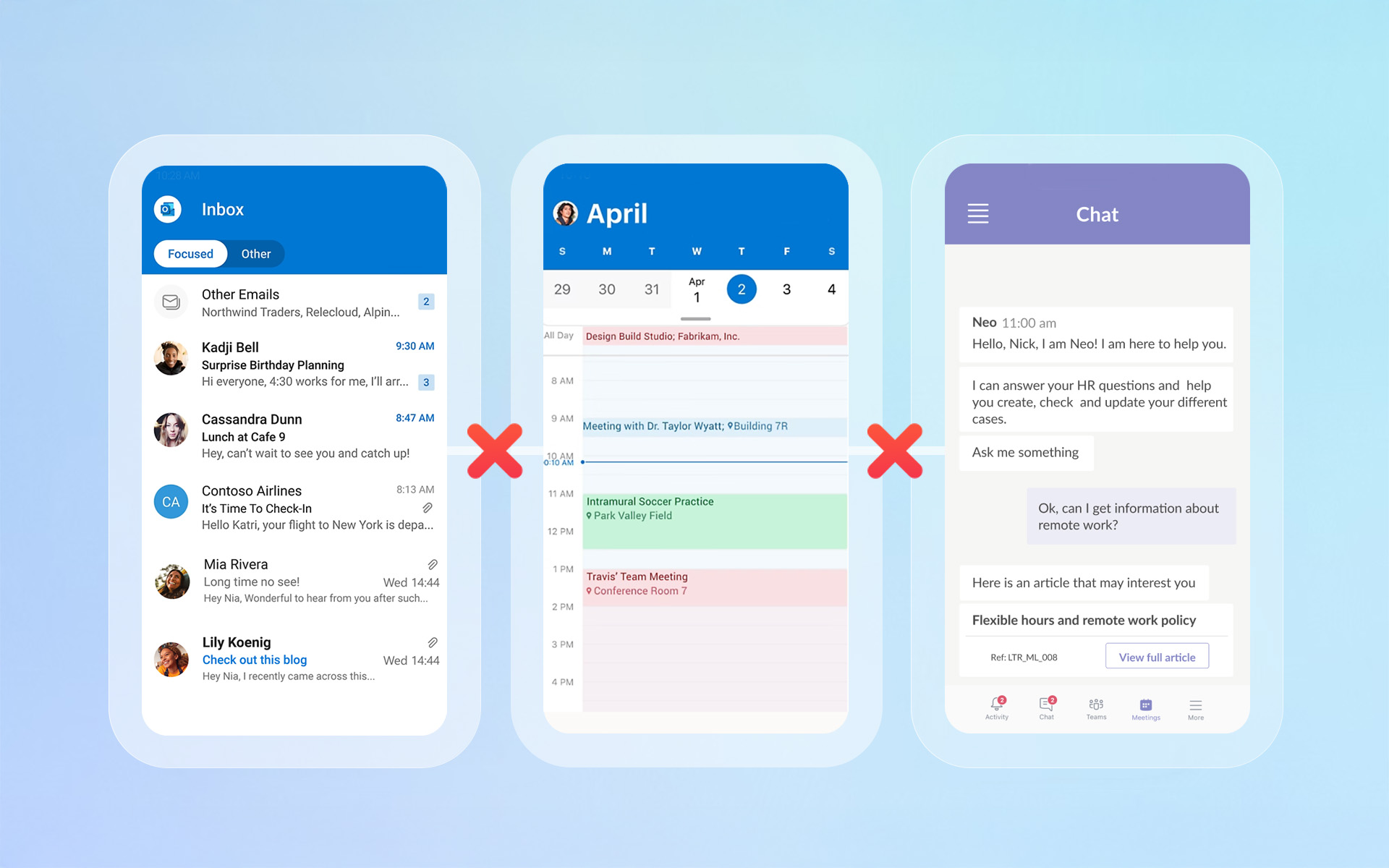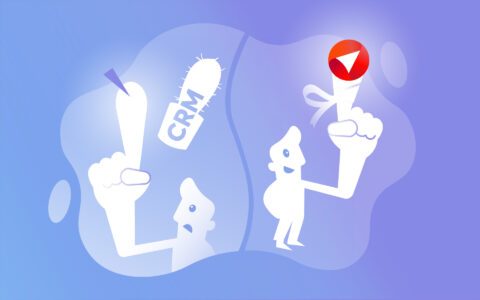From Missed Details to Missed Deals: Closing the Gaps in Client Communication
Your email inbox might feel like the full story of your client relationships — but in reality, it’s just one chapter. Without the right context, important details slip through the cracks, and those small gaps can turn into lost deals. Here’s how to make sure you see the bigger picture.

The Monday Morning Surprise
It’s Monday morning. You open your laptop, coffee in hand, and scroll through your inbox feeling confident — you’ve got every client conversation right here.
Then a colleague pops in: “Hey, I told the client we’d deliver by Friday.”
You freeze. That deadline wasn’t in the email thread. It was agreed during last week’s call — a call you weren’t part of.
Suddenly, you realize your “complete” view of the project is missing a big piece of the puzzle.
Why Email Feels Like Enough (But Isn’t)
Most professionals treat their email inbox like the master record of client relationships. Every quote, every request, every update — it’s all there, right?
The problem is, client communication doesn’t just happen over email. Pieces of the conversation live in meeting notes, chat apps, shared documents, even sticky notes on someone’s desk.
Relying on email alone gives you a false sense of completeness. You’re seeing part of the picture, but not the whole scene.
The Missing Context
Imagine a client project as a book. Emails might be the main chapters, but the footnotes, sidebars, and illustrations? Those are phone calls, in-person meetings, and quick updates in chat. Without them, the story is incomplete — and sometimes confusing.
When key details live outside the inbox:
- Deadlines get missed because they were only mentioned in a meeting.
- Decisions get reversed because the background discussion wasn’t visible to everyone.
- Duplicate work happens because someone didn’t know a colleague had already acted.

When Information Gets Trapped
Email is inherently personal — it sits in your inbox, not the team’s.
That works fine until you’re on vacation, off sick, or simply not copied on a message. Then others are left in the dark, unaware of what’s been promised or discussed.
The result?
- Slower responses to clients.
- Colleagues scrambling to fill in missing details.
- Frustrated customers wondering why “your team doesn’t talk to each other.”
The Real Cost to Your Business
Small communication gaps can quickly snowball:
- Missed opportunities — The client wanted to discuss a new project, but the email went unanswered while you were away.
- Damaged trust — Inconsistent updates make you seem disorganized.
- Poor forecasting — Without a complete history, it’s harder to predict timelines, resources, or revenue.
In competitive B2B markets, those costs aren’t just inconvenient — they’re dangerous.
Closing the Gaps with a Unified View
The fix isn’t to read your emails more often. It’s to connect them with the rest of the client story.
By integrating email with meeting notes, tasks, documents, and project history, you get a single source of truth for every client. And if you’re already using Microsoft Outlook, you can do it without adding yet another tool to your tech stack.
With eWay-CRM for Outlook, every email can be linked to the relevant contact, company, or project — alongside meeting notes, call summaries, documents, and assigned tasks. The whole team sees the same information in real time, no matter who sent the last email.
That means:
- No more hunting for missing details.
- Everyone knows the latest status.
- Clients get faster, more consistent responses.

And let’s not forget Microsoft Teams. For many companies, client conversations happen just as often in chat as they do in email. With the eWay-CRM Collaboration app for Teams, you can connect those interactions, too. Important chat messages can be converted into journals in eWay-CRM, ensuring that nothing gets lost in the shuffle. This way, whether a promise was made over email, a quick call, or a Teams message, it all ends up in the same unified client history.
Email Is Just One Chapter. Make Sure You Read the Whole Book.
In business, context is everything. Email might hold the main dialogue, but the real story — the one that wins or loses deals — is told in the details scattered across your organization.
Bring those pieces together, and you’ll turn missed details into stronger relationships and more closed deals.
Explore eWay-CRM and see how productive client communication can be when everything is connected in Outlook.











